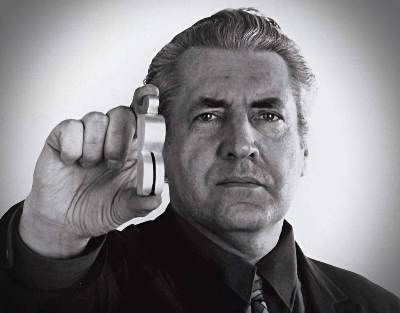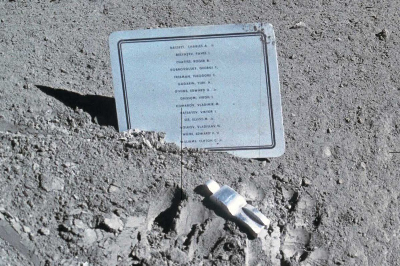
©
У місті Війнеґем (Бельгія) у віці 99 років помер видатний бельгійський художник і скульптор Пол Ван Хейдонк. Найбільшу славу він здобув завдяки своїй скульптурі «Полеглий астронавт», яка стала першим і досі єдиним художнім твором, розміщеним на Місяці. Ця алюмінієва фігурка заввишки 8,5 см була залишена екіпажем місії Apollo 15 у 1971 році на поверхні Місяця поруч із табличкою, на якій викарбувані імена 14 загиблих астронавтів і космонавтів. Скульптура є сильно стилізованою (не має виразних ознак статі), але впізнаваною людською фігурою, створеною на прохання астронавтів як данина пам’яті їхнім загиблим колегам. У 1960-х роках Ван Хейдонк зосередився на тематиці космосу, створюючи серії робіт, такі як «Cities of the Future», «Spacescapes» та «Planetscapes». Ці твори відображали його захоплення космічними дослідженнями та майбутнім людства. Він використовував різноманітні матеріали й техніки, зокрема синтетичні фарби та колажі, щоб передати атмосферу космічного простору. Протягом своєї кар’єри Ван Хейдонк брав участь у численних виставках по всьому світу, зокрема на Венеційському бієнале 1962 року та на Documenta III у Касселі в 1964 році. Його роботи зберігаються в колекціях провідних музеїв, зокрема Музею сучасного мистецтва в Нью-Йорку, музею Гуггенхайма та Королівському музеї витончених мистецтв в Антверпені. Пол Ван Хейдонк залишив значний слід у світі мистецтва, поєднуючи наукову фантастику, технології та гуманізм у своїх творах.
The Creator of the Only Artwork Delivered to the Moon Has Died
Renowned Belgian artist and sculptor Paul Van Hoeydonck has died at the age of 99 in the city of Wijnegem, Belgium. Van Hoeydonck is best known for his sculpture Fallen Astronaut, which became the first—and still the only—artwork placed on the Moon. The 8.5 cm tall aluminum figure was left on the lunar surface by the Apollo 15 crew in 1971, next to a plaque engraved with the names of 14 astronauts and cosmonauts who had died. The sculpture is highly stylized (without clearly defined gender), yet recognizably human, and was created at the request of the astronauts as a memorial to their fallen colleagues. In the 1960s, Van Hoeydonck focused on space-related themes, creating series such as Cities of the Future, Spacescapes, and Planetscapes. These works reflected his fascination with space exploration and humanity’s future. He used a wide range of materials and techniques—including synthetic paints and collage—to evoke the atmosphere of outer space. Throughout his career, Van Hoeydonck participated in numerous exhibitions around the world, including the 1962 Venice Biennale and Documenta III in Kassel in 1964. His works are held in major collections such as the Museum of Modern Art in New York, the Guggenheim Museum, and the Royal Museum of Fine Arts in Antwerp. Paul Van Hoeydonck left a significant mark on the art world, blending science fiction, technology, and humanism in his creations.

©
949